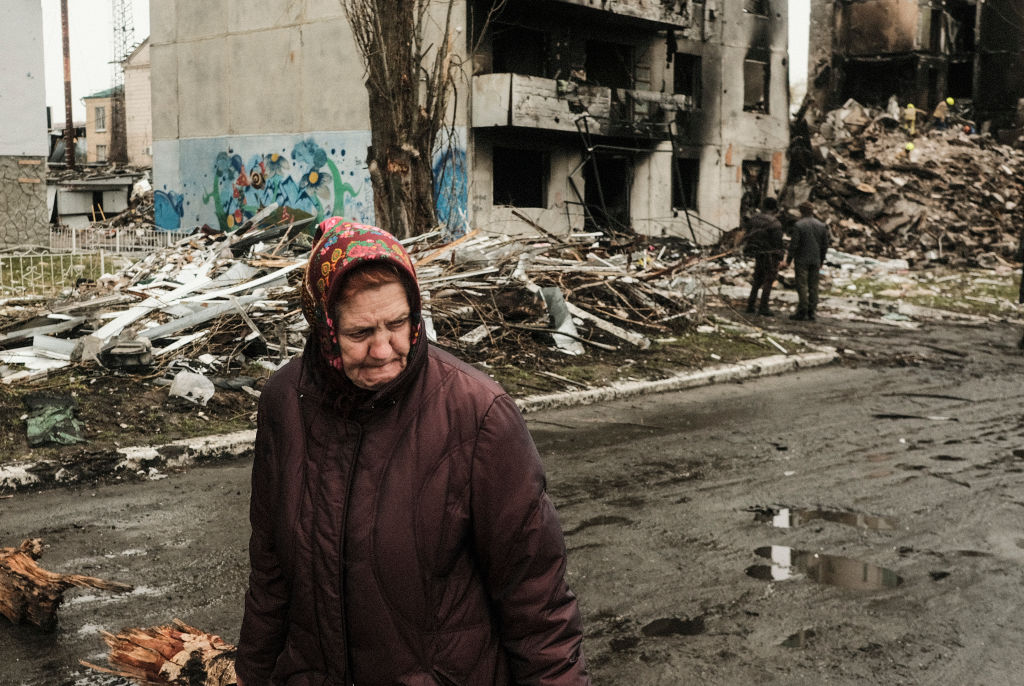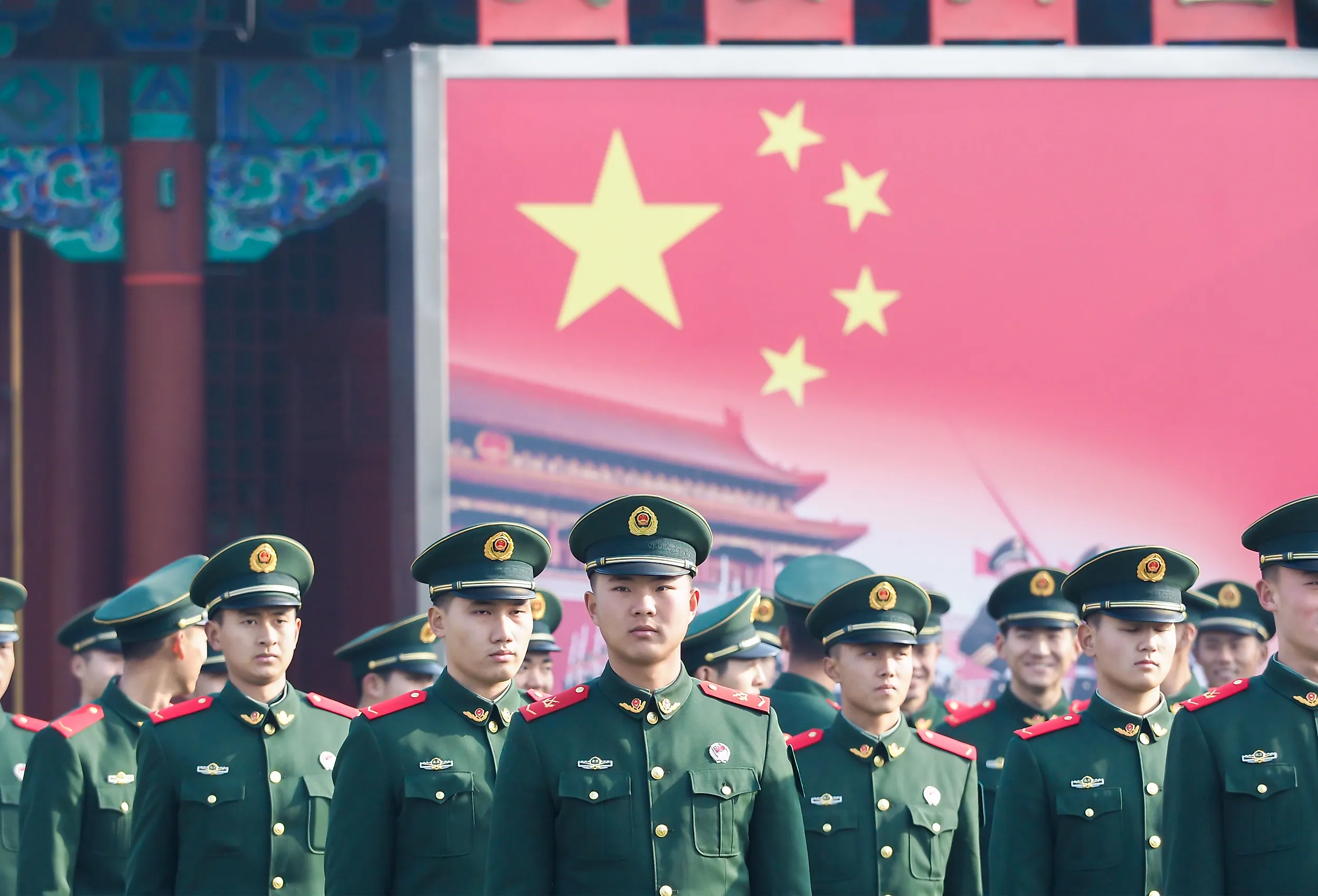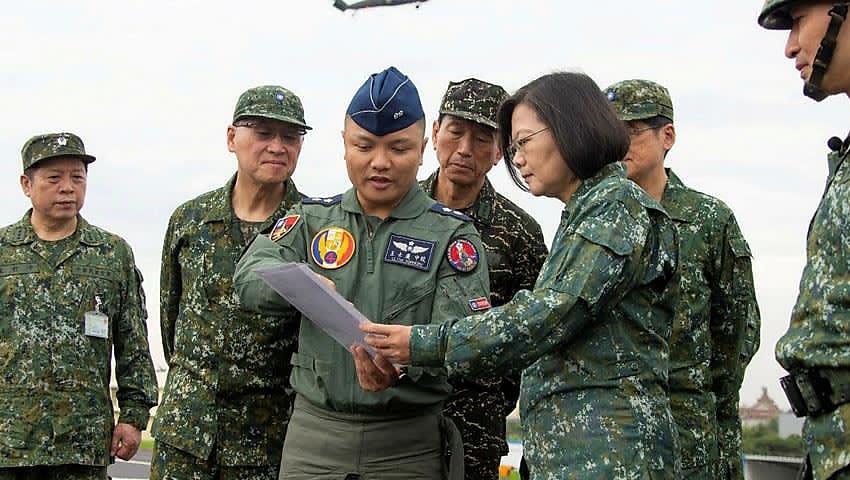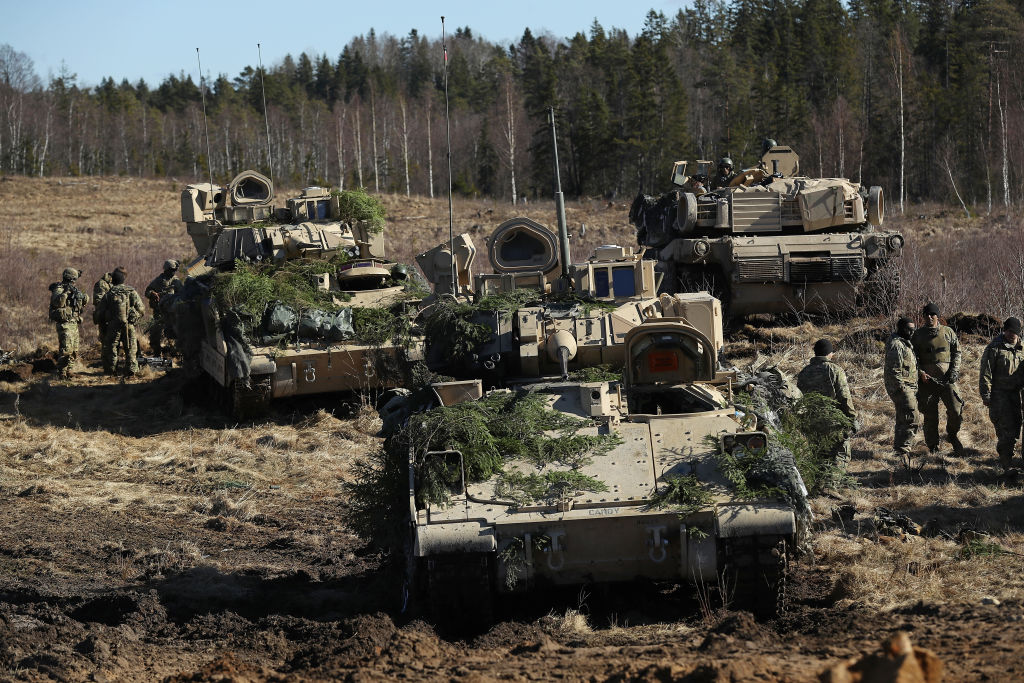Clara Ferreira Marques
Taiwan’s decision to shake up compulsory military service — extending it to one year, among other measures — has prompted generous commentators to argue that Taipei is finally getting serious about self-defense and deterrence, seizing the window of opportunity provided by Russia’s invasion of Ukraine to make a necessary but politically difficult move. The less magnanimous pointed out that the change has been a long time coming, and behind-the-scenes US arm-twisting may have focused minds.
Either way, in the face of an increasingly assertive China, this is at best a first step. From genuinely overhauling conscript and reservist training to adjusting military procurement and addressing critical vulnerabilities like energy supply, Taiwan has far more to do if it is to adequately prepare for catastrophic conflict with its giant neighbor. And, ideally, avert it.
Taiwan has for years been urged to change its approach to a potential confrontation, as the shift in military balance with China alters Taipei’s options. Instead of preparing to tackle Beijing’s forces (and vastly larger budget) head-on, US officials and others have encouraged Taipei to focus on making the most of the defender’s advantage, denying the enemy its strategic objectives and wearing it down. An asymmetric defense relying less on flashy equipment, or “porcupine” strategy, is championed by former military chief Lee Hsi-min as the “Overall Defense Concept.” And yet that plan has struggled to gain traction, even as Taiwan’s civilians headed to first aid and resilience courses or shooting ranges.

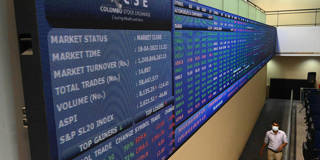

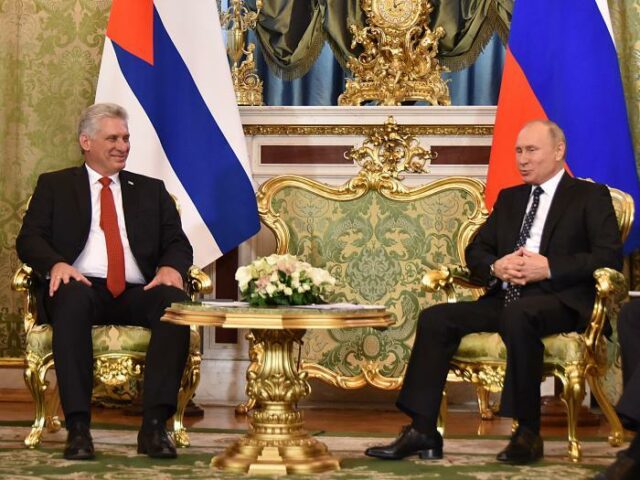

:quality(100)/cloudfront-us-east-1.images.arcpublishing.com/thesummit/23HJBB4U6RGMVNUWO2MKR3GYAE.jpg)




